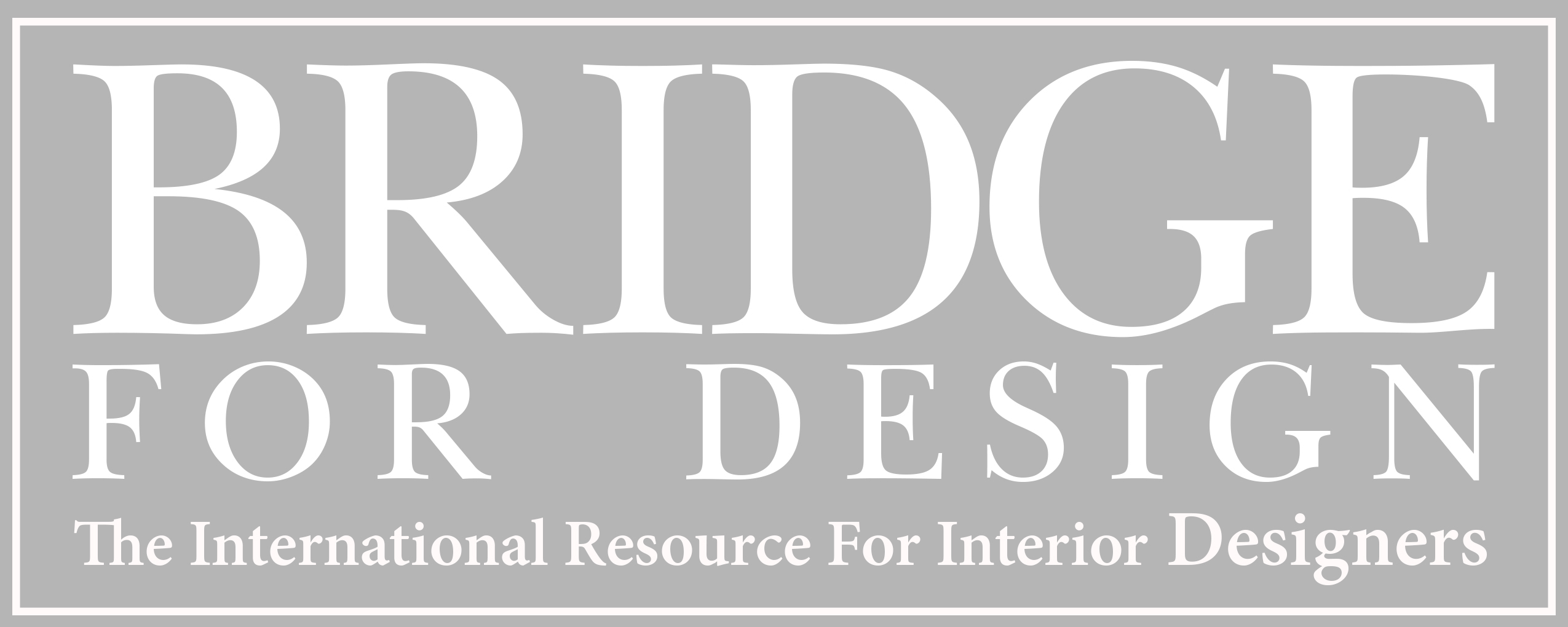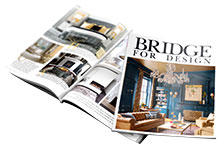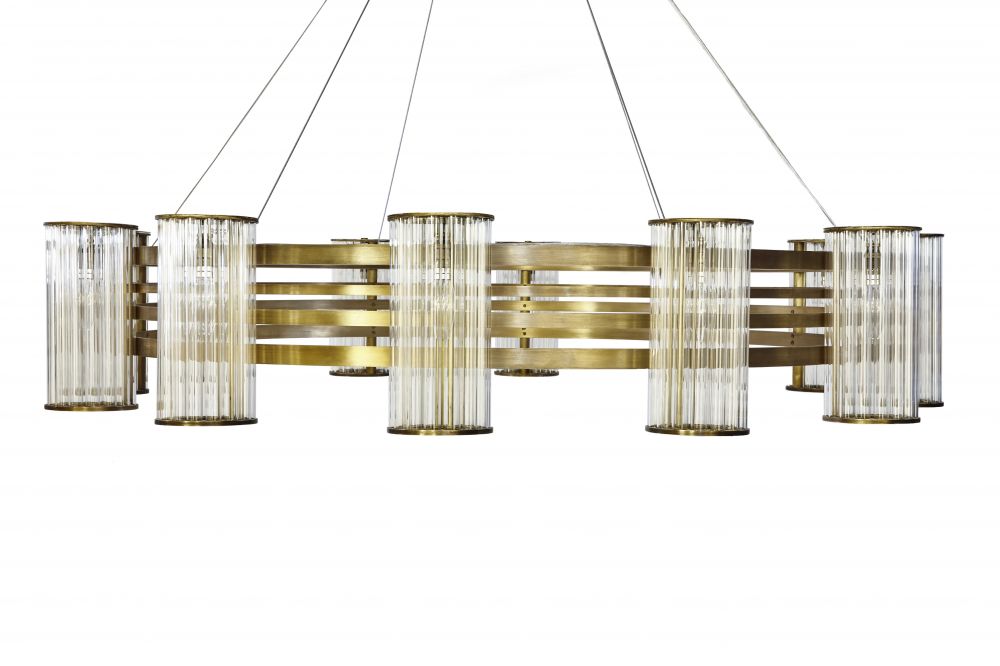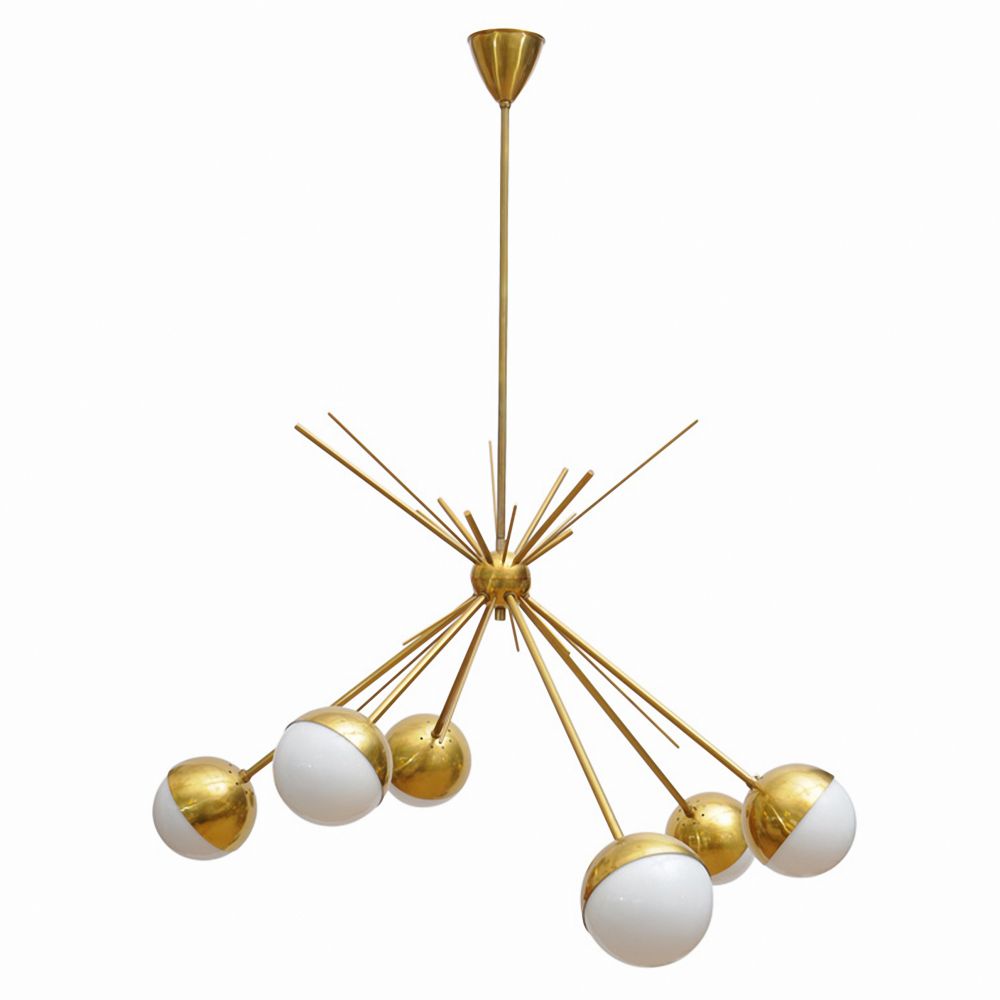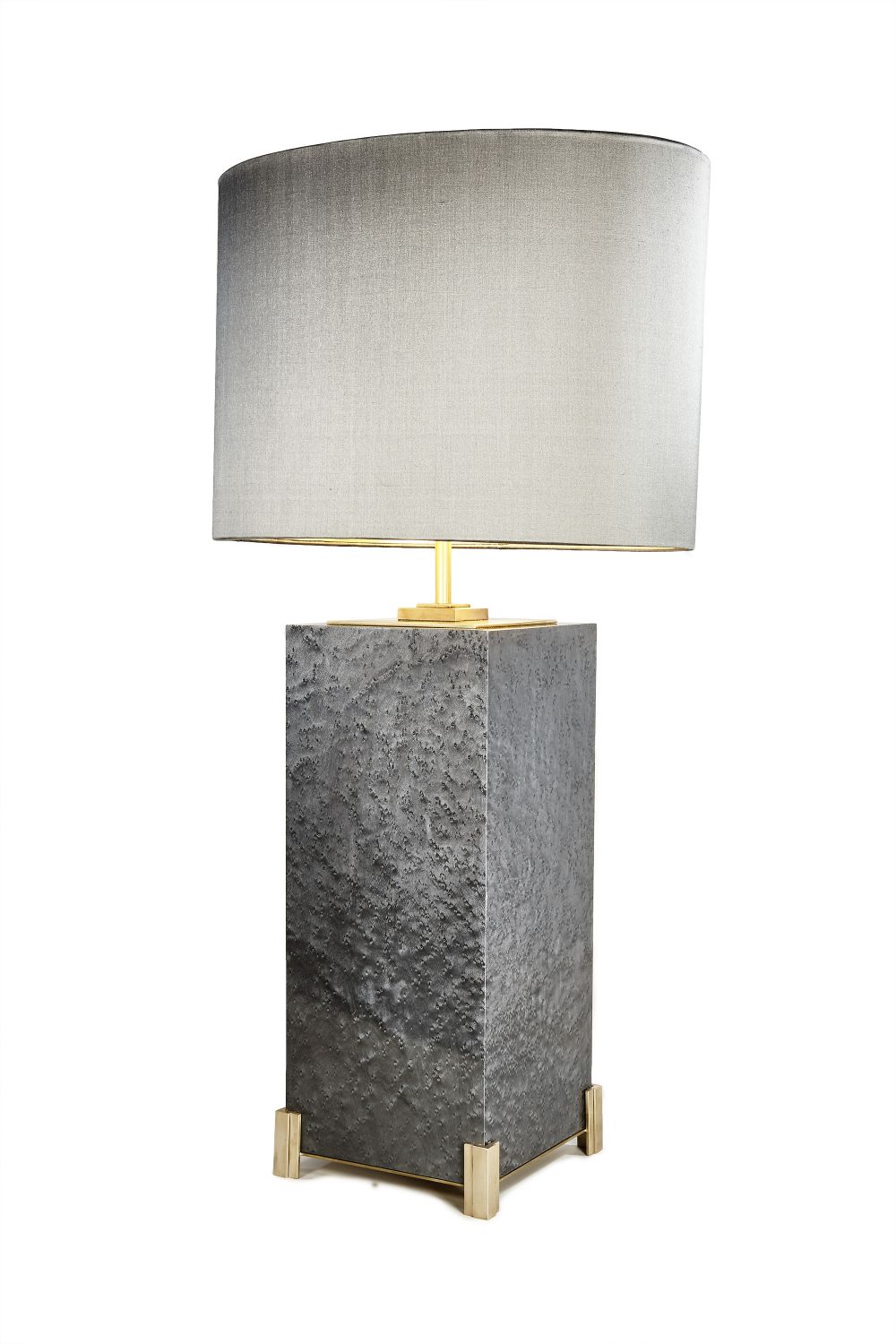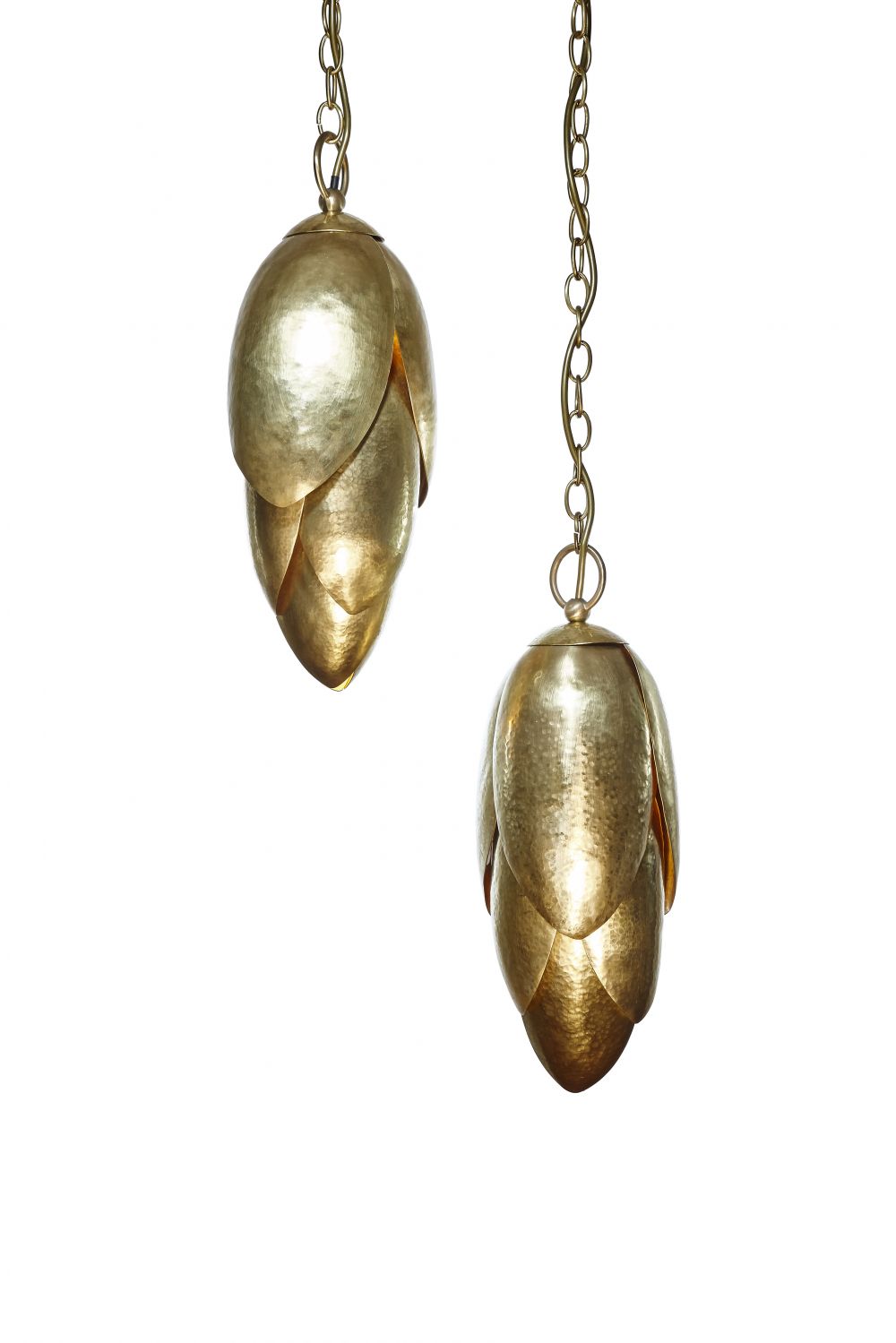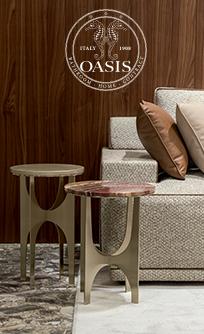Over the past five years, the design landscape and the lighting industry has been rapidly changing, transformed by the possibilities of new digital technologies. The age of the internet has meant the average consumer is exposed to more visual influences through online publications and social media platforms such as Pinterest.Consumers are seeing more bold, quirky and inventive styles and are more likely to push themselves outside of their comfort zones than ever before.
Bespoke lighting still represents the most luxurious design option and recent years have seen lighting technologies rapidly develop, meaning that unique items can be manufactured without the enormous associated costs. For us as a manufacturer as well as a lighting designer, technologies such as CAD design and 3D printing mean that we can be a lot more experimental in our research and development stage.
Many designers in the 20th century proved that beauty can come with practicality but were still somewhat tethered by mass production capabilities so were unable to produce affordable products. Pieces which would have previously been excessively difficult to make or expensive to cast in a foundry, can often now be made simply with a CNC machine or a laser cutter. Alongside developments in CAD technology, this means that limited edition lights are becoming more affordable to produce and therefore buy. Bespoke lighting will continue to be in demand, especially as an increasing number of young designers are working with 3D CAD software to produce extraordinary design concepts.
New technologies also enable manufacturers to address key issues such as sustainability. Concern for the environment and the desire to reduce our carbon footprint has seen many manufacturers turning towards LED lighting, which nowadays can be a more affordable and practical option. In the past, LEDs have been unattractive with clumsy design but in recent years, technological advances have meant that they can now be used in intricate chandeliers or existing designs, giving the same effect as traditional filament bulbs. While upfront costs for LEDs do tend to be higher, the overall energy costs associated are considerably lower when calculated over an entire lifespan of use.
Modern day living has seen a high demand for lights that are multi-functional and serve both as task and ambient lighting. This is another benefit of using LEDs as they give the flexibility of controlling ‘colour temperature’ – for example, a ‘warm white’ could be used to create atmosphere in a dining room, whereas a ‘cool white’ provides the bright illumination for a kitchen or an office space. This demand for multifunctional lighting is also reflected in the increasing trend for rise and fall pendant lights that can be adjusted so that the drops are lower/shorter and are therefore able to provide both task and ambient lighting. Clustered pendant lights look striking when hung above a dining room table, a kitchen island or can function as a focal point in a living room.
With more people than ever living in urban environments in the UK, design trends in recent years demonstrate an urge to reconnect with nature. Naturally inspired furnishings remain a key trend for 2016 with lighting shaped in the form of flowers, feathers or clouds and made using natural materials such as rattan, minerals, and wood as well as warm metals such as copper and bronze.
